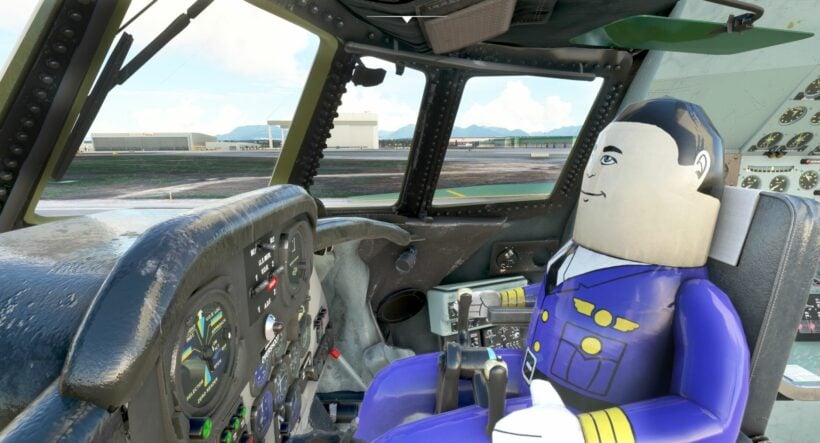Airlines argue that flights only need one pilot

If we’ve learned anything from Elon Musk’s tumultuous slash-and-burn takeover of Twitter it’s that gutting essential workers can wreak havoc on a business. Or many in the airline industry have learned nothing. Airlines and international regulatory agencies are calling for the International Civil Aviation Organization to drop the requirement of two pilots per flight.
They argue that commercial flights can safely operate with just one pilot in the cockpit. The move would help airlines struggling with staff shortages, as well as start to bring down prices for flights.
While a single pilot is perfectly capable of guiding a plane safely from Point A to Point B, many are understandably uncomfortable with not having a backup plan at 10 kilometres up. ICAO is the United Nations agency in charge of flight standards and over 40 countries have still petitioned them to approve the idea and set safety standards, including the UK, Germany, and New Zealand.
Plane manufacturers have been working with the European Union Aviation Safety Agency to lay out rules and regulations for solo flights. Meanwhile, the pilots themselves are less than enthused about the plan. The president of the Australian & International Pilots Association feels the rule-makers arent considering the danger of a pilot being alone in an emergency.
“The people going down this route aren’t the people who fly jets every day. When things go awry, they go awry fairly quickly.”
It’s not just hyperbole either. In 2009, Air France Flight 447 from Rio to Paris received faulty speed readings, panicking the co-pilots while the pilot rested in the cabin. In the 90 seconds it took for the pilot to reach the cockpit, the plane went into an aerodynamic stall, crashing into the ocean just three minutes later, killing the 228 passengers and crew.
If the ICAO does take on the challenge of solo piloted flights, they will rely on technology to fill in and create a standard at least as safe as two pilots. While many have AI disaster scenario doubts, proponents point out that we’ve been moving in this direction for decades.
Flights used to have a pilot, co-pilot, flight engineer, navigator, and radio operator. Now technology has slowly replaced many of the cockpit crew, reducing from five to two people. If equipment and technology continue to improve, flights may be safe to operate with just one human.
There’s still time though, as the European Union Aviation Safety Agency says, solo piloted flights wouldn’t likely be launched until 2027, according to Bangkok Post. They also estimate that by 2030, technology could detect any human malfunction or incapacitation and take the wheel.
Technology is advancing, but are passengers ready for flights without a human safety net? EUAS recognises that as the biggest stumbling point, with the head of communications saying the solo pilot plan can’t happen until passengers are on board too.
“These concepts will not be implemented until the aviation community is comfortable that operations will be at least as safe as they are today.”
Latest Thailand News
Follow The Thaiger on Google News:


























